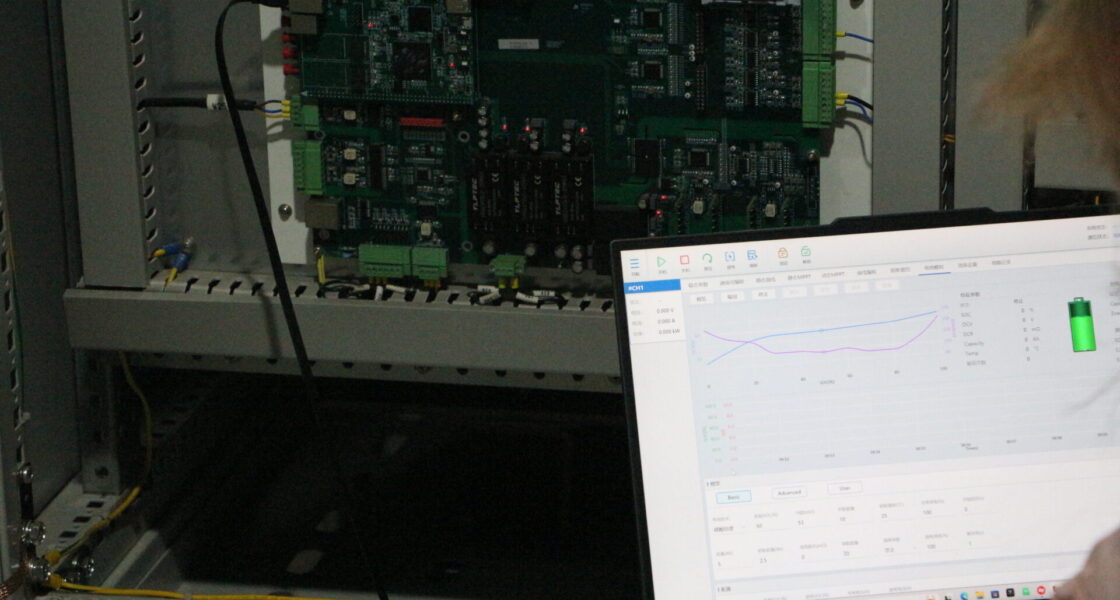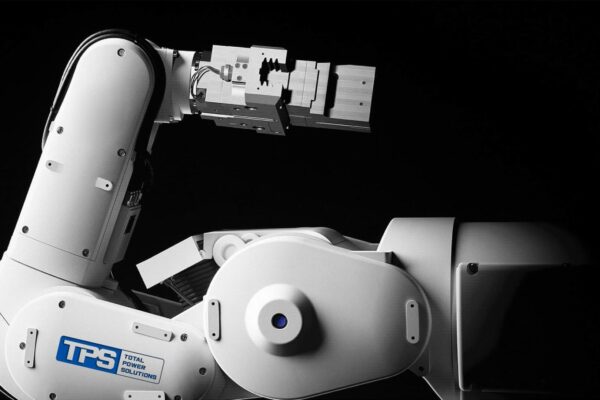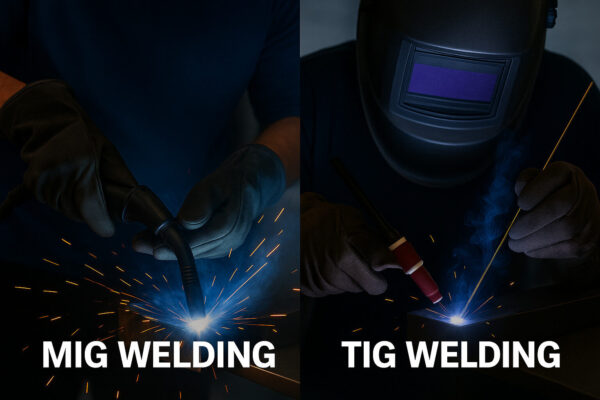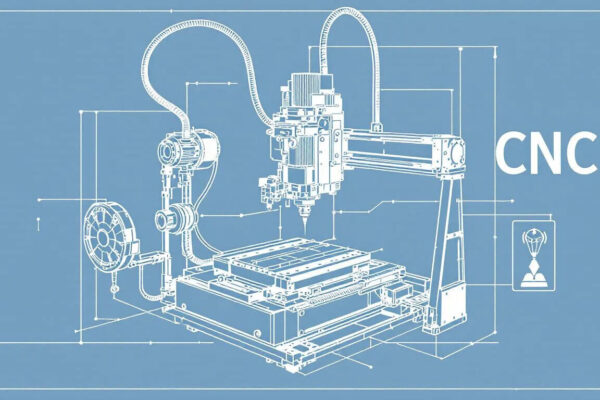Key Takeaways
- Comprehensive electronic design services cover PCB design, schematic development, firmware programming, prototyping, and testing within one provider.
- Integrated services can shorten time-to-market compared to fragmented vendor approaches, industry analyses indicate.
- Full-service providers support the entire process from concept validation through manufacturing and regulatory compliance.
- Industries such as automotive, medical devices, IoT, and aerospace depend on these services for complex product development.
- Selecting the right partner requires evaluating expertise, certifications, and proven experience in your target market.
Why Comprehensive Electronic Design Services Matter
In today’s fast-paced electronics industry, bringing new products to market requires more than innovative ideas. With many technology startups failing due to execution and timing issues, companies need streamlined development processes that keep pace with innovation cycles.
Modern products have become highly complex—smartphones may use more than 12 PCB layers, and automotive systems rely on sophisticated embedded software. This complexity creates a growing need for providers who can manage every stage of development under one roof.
Whether you are launching your first IoT device or expanding into new markets, understanding how comprehensive design services work can make the difference between a smooth product launch and costly delays.
What Are Comprehensive Electronic Design Services?
Comprehensive electronic design services integrate all engineering disciplines into a coordinated, end-to-end process. Unlike traditional approaches that involve multiple vendors, these services cover the full product lifecycle, including:
- Market research and requirements definition
- System architecture and detailed engineering
- Prototyping and testing
- Regulatory compliance
- Manufacturing transition and support
This integration allows hardware and software to be developed in parallel, reducing delays while maintaining quality standards.
Core Components
Hardware Design
PCB layout optimization, component selection, and circuit design form the backbone of electronic products. Advanced simulation tools reduce the need for costly redesigns. Careful supplier evaluation ensures long-term part availability and cost control.

Firmware and Software Development
Embedded programming, device drivers, and user interface design bridge the gap between hardware and end-user applications. Iterative prototyping and usability testing ensure reliability and performance.
Prototyping and Testing
Rapid prototyping through 3D printing and quick-turn PCB fabrication accelerates validation. Functional and environmental testing (temperature, vibration, humidity) confirms real-world reliability. Regulatory compliance testing (e.g., FCC, CE, UL) ensures market readiness.
Manufacturing Support
Design for manufacturing (DFM), supply chain management, and production testing help reduce costs and secure long-term product availability. Documentation and quality assurance processes support efficient volume production.
Industries Served by Electronic Design Services
Different industries impose unique requirements on electronic design, from stringent regulatory compliance to extreme environmental conditions, requiring specialized expertise and proven experience.
Medical Device Development
FDA compliance and ISO 13485 quality management system requirements impose rigorous documentation and testing standards that must be integrated into every aspect of the design process. Medical device development requires specialized knowledge of regulatory pathways and extensive experience with FDA submission processes.
Biocompatibility testing and sterilization compatibility design considerations ensure that devices can safely interact with human tissue and bodily fluids. Patient safety features including fail-safe mechanisms and redundant systems provide multiple layers of protection against potential device failures that could harm patients.
The customer data generated during medical device development must be carefully managed to ensure HIPAA compliance and patient privacy protection. Customer relationship management crm systems specifically designed for medical device companies help track regulatory submissions and manage complex approval processes while maintaining audit trails for FDA inspections.
Examples of successful medical device implementations include wearable health monitors that continuously track vital signs, diagnostic equipment that provides real-time analysis of biological samples, and implantable devices that deliver targeted therapy while monitoring patient response.
Medical Devices
Development must align with FDA and ISO 13485 requirements, integrating safety, documentation, and patient protection measures. Examples include wearable monitors, diagnostic systems, and implantable devices.
Automotive Electronics
Compliance with AEC-Q100 and ISO 26262 ensures reliability and functional safety. Applications include ADAS systems, infotainment units, and EV charging controllers.

IoT and Connected Devices
Expertise in wireless protocols, cloud connectivity, and power optimization is essential. Applications range from smart home devices to industrial sensors and asset tracking systems.
Benefits of Comprehensive Services
Faster Time-to-Market
Parallel hardware/software development and streamlined communication can accelerate product timelines. Industry studies indicate that integrated approaches may reduce development duration by up to 40–60% compared to sequential vendor models.
Cost Optimization and Risk Reduction
Centralized accountability minimizes coordination overhead. Early detection of design issues reduces the risk of late-stage changes, while volume purchasing power can lower material costs.
Technical Excellence and Innovation
Access to multidisciplinary teams ensures solutions that reflect best practices across industries. Continuous feedback loops foster ongoing improvement and innovation.
Choosing the Right Provider
When evaluating a provider, consider:
- Technical expertise (tools, certifications, portfolio in your sector)
- Quality management (ISO 9001 or industry-specific standards such as ISO 13485, AS9100)
- Project management and communication (clear reporting, milestone tracking, time zone alignment)
A reliable partner should demonstrate transparent processes, compliance expertise, and strong references in similar markets.

Typical Implementation Process
- Validation & Transition: Functional and regulatory testing, manufacturing qualification, product launch support.
- Requirements & Feasibility: Specification, market research, risk analysis.
- Design & Development: Iterative engineering, simulation, documentation.
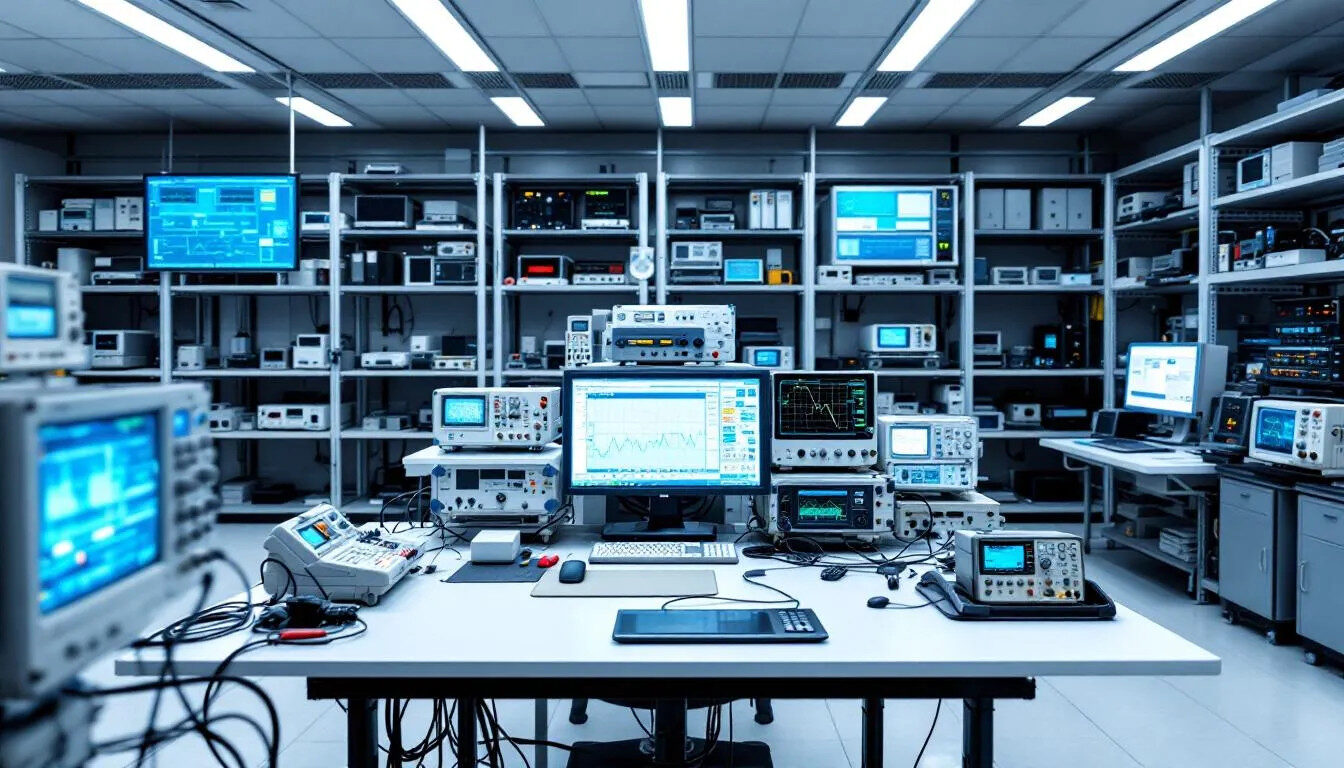
Frequently Asked Questions
How long does a project take?
Depending on complexity, projects typically range from 6–18 months. Simple IoT devices may take 6–9 months, while regulated sectors such as medical or automotive often require over 12 months.
How is intellectual property protected?
Clear NDAs, work-for-hire agreements, and defined ownership rights are essential. Reputable providers implement confidentiality protocols and may offer professional liability insurance.
Are comprehensive services more expensive?
While initial costs may appear higher, total costs are often lower due to reduced coordination overhead, fewer redesigns, and shorter time-to-market.
How is regulatory compliance ensured?
Experienced providers design products to meet applicable standards (e.g., CE, FDA, RoHS, REACH) from the outset and work with accredited testing laboratories for certification.
What support is available after launch?
Many providers offer production oversight, quality monitoring, design updates, and supply chain support. The scope of ongoing support should be contractually defined.

